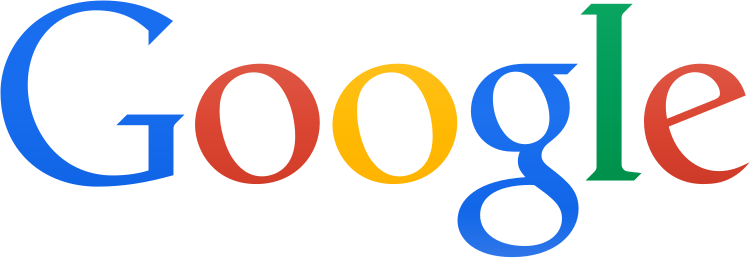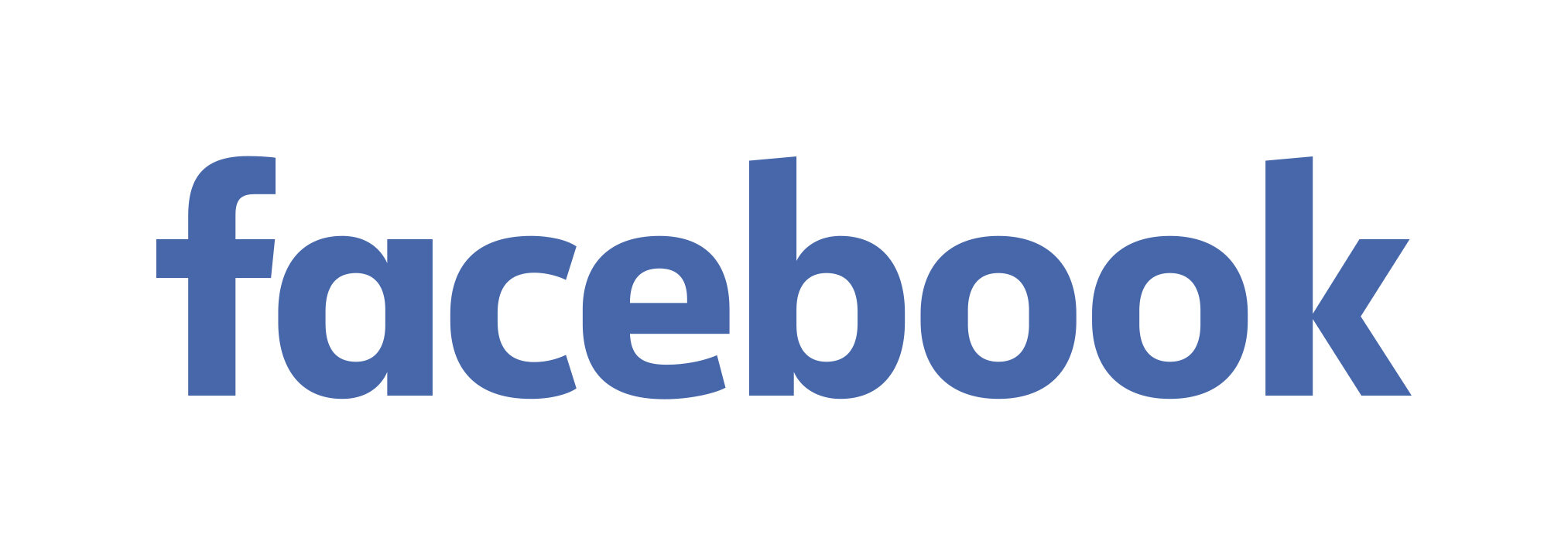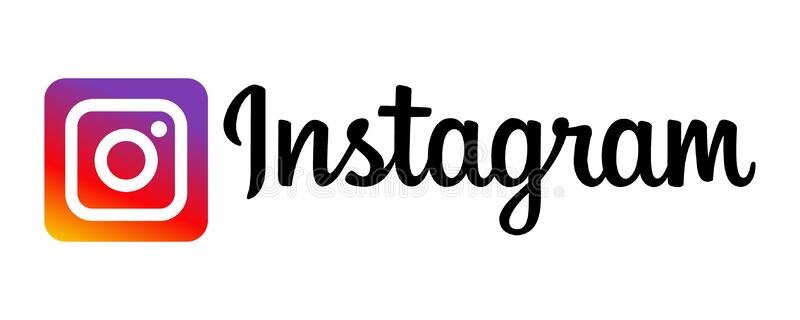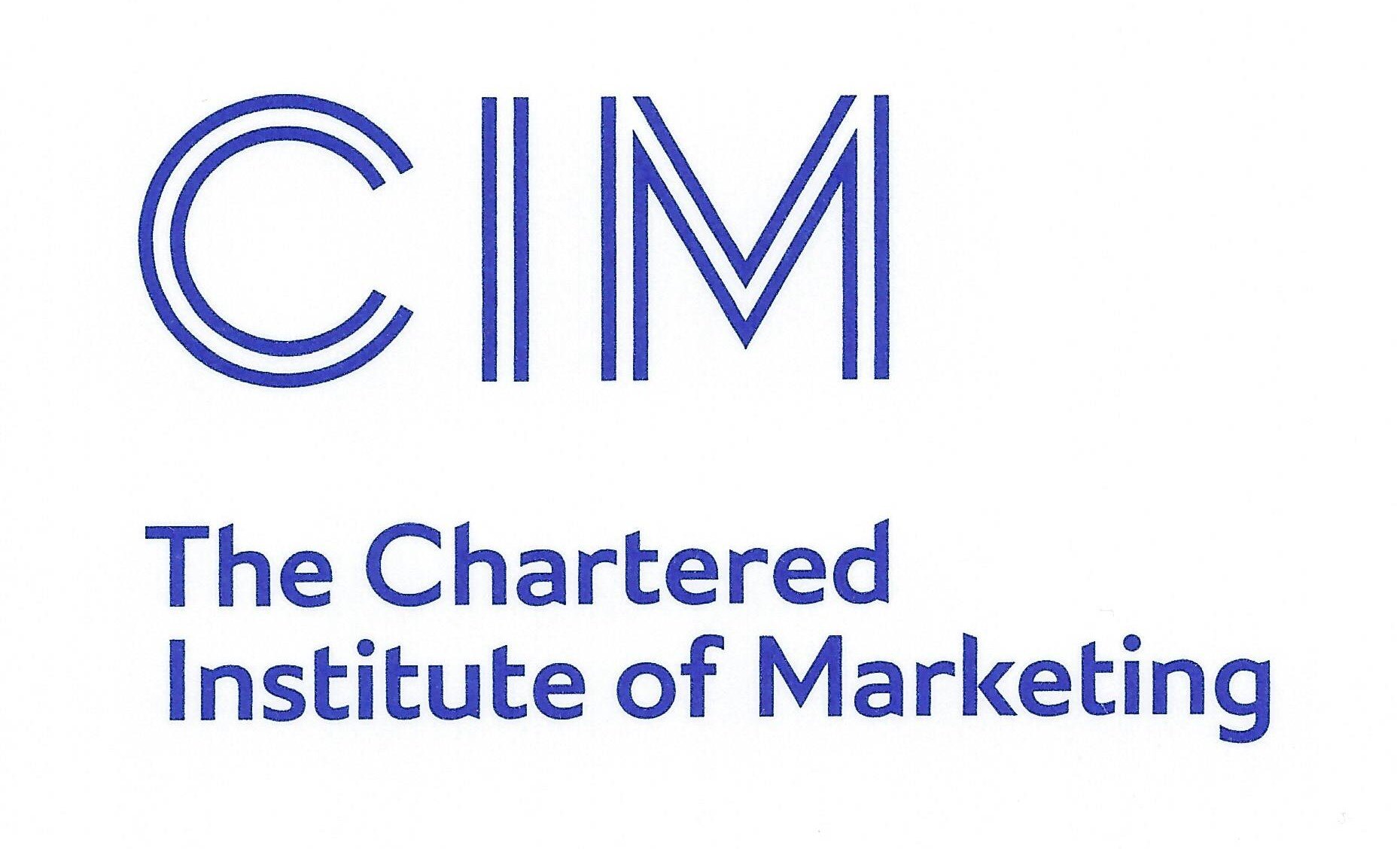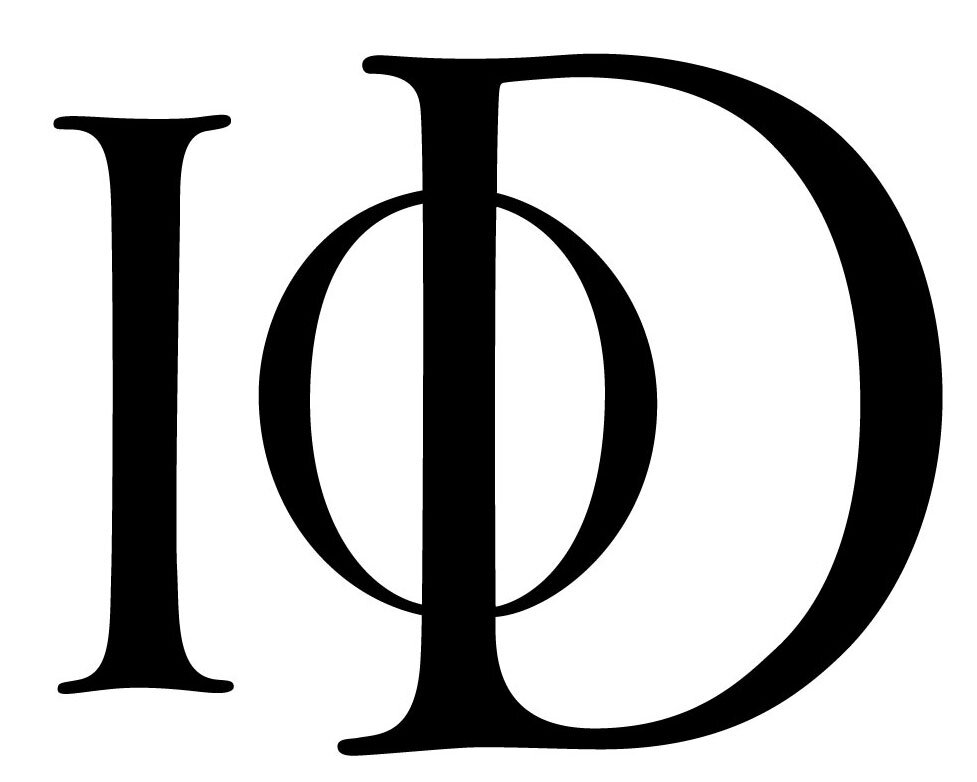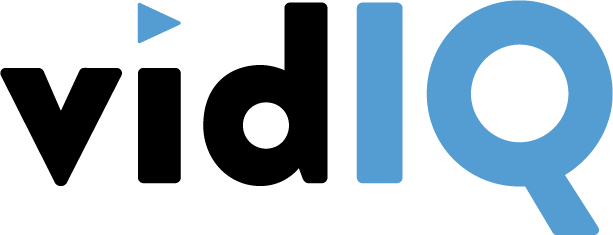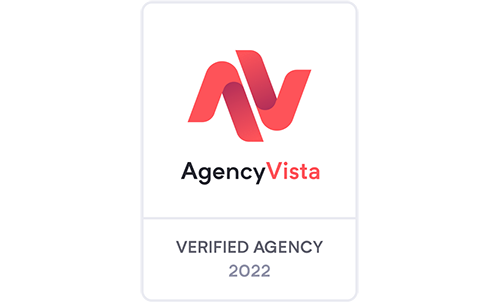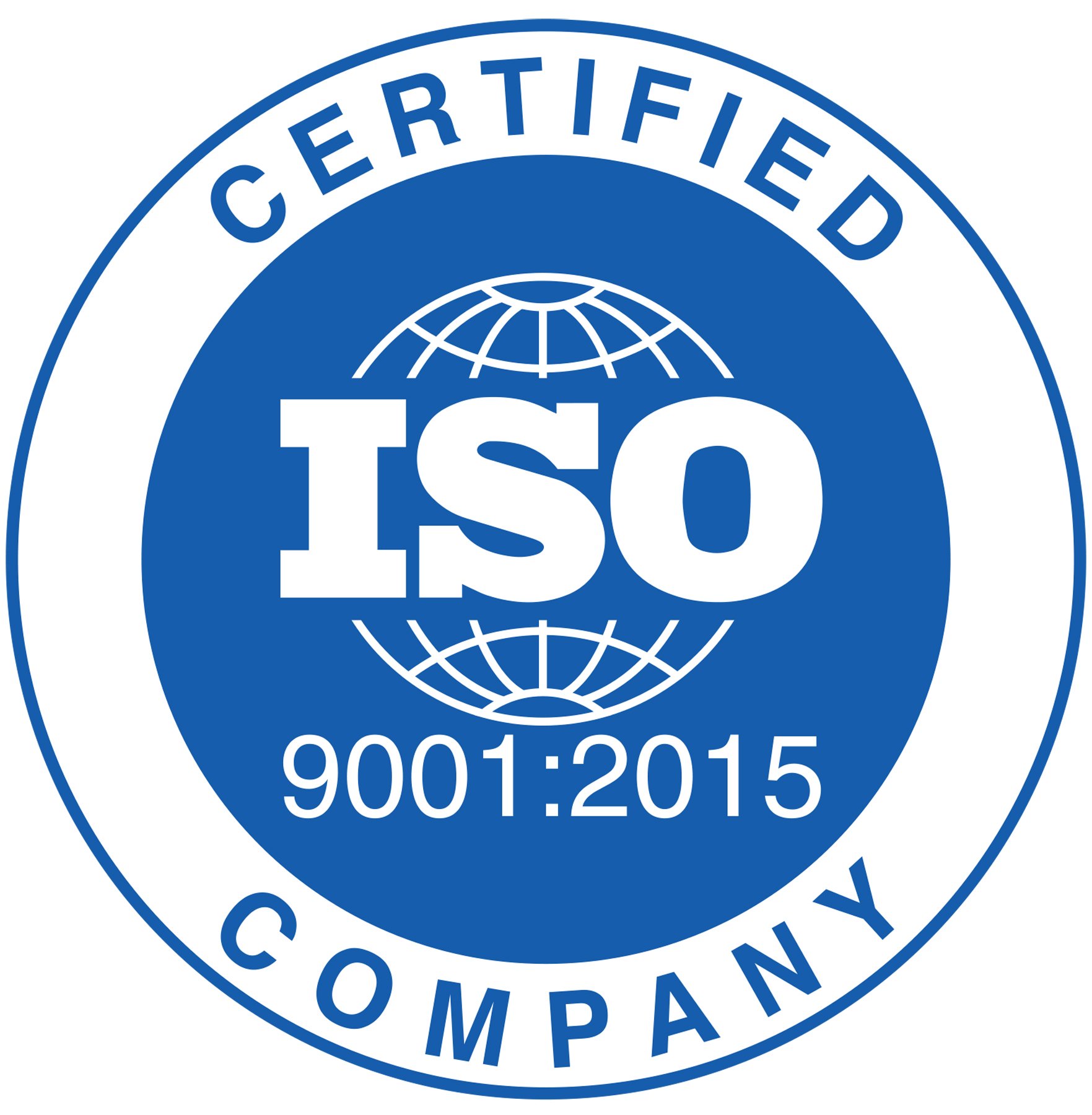Search Engine Optimisation - that is what SEO stands for and it refers to the process in which marketers gain traffic from organic sources (non-paid search engine results). Every search engine, like Google, Bing or Yahoo displays a list of organic results, in which web pages and other content sources are ranking depending on what the search engine’s algorithm thinks it’s most relevant for the user.
The history of SEO optimisation begins in 1990 when search engines were launched. Nowadays, a modern marketing strategy is essential in this industry, which is getting more competitive day by day. Before getting into it, we should clarify some essential SEO concepts:
Organic Search Ranking factors
The companies who own the biggest search engines (Google, Yahoo! or Microsoft) are keeping their algorithms secret. However, most of the factors that influence search engine optimisation and search results’ position are already well known. For example, the content must be well-targeted, unique, with reliable information that meets user search requirements, websites must load quickly and adapt to all devices while articles should include internal and external links. Also, the use of relevant keywords, the page placement and even the spelling - they all matter a lot.
Types of searches
Internet browsing searches - these activities include searching for specific websites or brands. People tend to search for “YouTube” or even “Google” on search engines, rather than looking through their bookmarks or in their browser history.
Informational searches - these happen when users are searching for information, most of the times for an answer to their question or a piece of advice, like “how to increase my website’s traffic”.
Transactional searches - are the ones that have a strong purchase intent, and usually, come along with a brand or a specific category of products or services - for example, “domain hosting price”.
Commercial searches - people usually do this kind of searches with a research purpose for a specific product or service that they’re interested in. For example, lots of people search for “Iphone 11 review”.
On-page SEO (on-site) is when you optimise your website in order to rank better in the search engine results. Basically, On-page SEO stands for those aspects that you can easily upgrade on your website, starting from what content you’re posting, design or technical aspects, such as meta-tags, titles, URL structure, image optimisation, website loading speed and more.
Off-page SEO (off-site) covers all those activities that you can do in order to improve domain authority by getting backlinks from other websites. There are plenty of ways to get these backlinks for your website: you can start by collaborating with influencers, guest blogging, backlinks exchange, backlinks purchase or writing quality content that people can use on their websites too. These are only a few suggestions, but there are many other ways to improve off-page SEO.
Before anything, we advise you to take this short test, to see if your website needs SEO optimisation:
Search for your website on Google (site: domain.com). If you can see less results than the total number of your website’s pages, your website needs SEO optimisation.
If your URLs contain lots of random symbols that don’t make any sense, your website needs SEO optimisation.
If the titles of your pages don’t describe their content accurately, your website needs SEO optimisation.
If one of the cases listed above do apply to your website, it’s time to improve your website’s SEO - this way, you will not only rank better on the search engine result page, but you will also attract more organic traffic.
Down below you will find 6 SEO techniques that you can easily implement to your website:
Page title optimisation
When you search for something on Google, the blue links are usually the titles of the shown pages - so if your title is descriptive and reflects the content of the page, Google will assume your website is relevant to the users and will display it among the firsts results. Many websites use the same title for more than one page, like “online clothing store” - and that only makes it harder for Google to figure out what the page contains exactly.
Quick Tip: Titles should have less than 70 characters, while meta descriptions should be under 155 characters in order to be displayed correctly on Google.
Google also scrolls through the text of a page, as well as the subheadings - so make sure they reflect the substance of the content. The idea is to include keywords strategically throughout the content but without overwhelming visitors.
Pro tip: Do not include a list of keywords at the beginning or at the bottom of the page.
2. Use friendly URLs
Try to avoid URLs that are automatically generated and that contain random numbers or letters - try using ones that match the content and the title instead.
For example: www. marketiu.com/2020/blogpost39bng versus https://marketiu.com/google-ads-sem
Pro tip: If you are using Wordpress, you can set the structure of your URLs in Settings - Permalinks.
3. Organise your content using Bread Crumbs
Your goal is to help Google or any other search engine to easily access and understand all of your website’s pages. Google goes through all of your pages using “spiders”, which follow links from random pages to reach other pages. If the spiders can do this without any problem, Google will index your entire website faster and will display your website higher on the search results list.
An excellent way to organise and SEO optimise your website is the “bread crumb” navigation. Bread crumb navigation is the way your website lets the user to quickly visualise where a page would be placed compared to the rest of the website. For example, for an online electronics store, a mobile phone would be listed like this: All products > Laptops, Mobile Phones & Tablets > Mobile Phones & Accessories > Mobile Phones.
After you set your bread crumb navigation, make sure that the URLs will also be optimised according to the bread crumb navigation, so Google users will also have a smoother journey on your website.
4. Create original content
Google wants to lead his visitors to new and original content, not to a reposted article from another website. Knowing this fact, we advise you to create your own content, rather than taking it from other sources. At the same time, you should be selective with the ones who you allow to repost your content - if Google considers that the other source is the original, while you are the original, you will suffer negative consequences. On the other hand, if your content is unique for your industry, the chance of being rewarded by Google are increased.
Some content types you can use for your business:
a.Blogs - they are still very popular and can be a stable source of generating engagement, not only for bloggers but also for e-commerce businesses, SaaS businesses (Software as a Service) and also for professional services providers.
Quick Tip: What matters most is the quality of an article and its added value to the readers, rather than the length of the article. That way, a page where visitors spend more time on, like your blog, will have more chances to be displayed among the first results.
b. Product pages - These pages are usually used as landing pages for the PPC campaigns, whether we’re talking about Google Ads or Social Media Campaigns. Make sure that there is a clear product description, that the price is visible and that there is a Call to Action button.
Quick Tip: Use professional pictures of your products and don’t forget about the website’s loading speed - it is one of the most important aspects of a website.
c. Case Studies - Share with the world what you do, share interesting data that you have collected until that point, share how you approach working together with your clients. The best thing about these case studies is that they are unique and can bring new and unique information to your readers.
d. Infographics - Simply put the information that you have on a specific subject in an infographic that is easy to read and interpret - this way you will provide your readers an easy to share and download type of content.
Quick Tip: Don’t forget to add an infographic transcript to help search engines to navigate through them.
e. Video - This specific type of content will only bring you more engagement and more conversions. You can create videos about the products that you are selling, about how people can get the most out of a product or about the process behind a product or a service. Another suggestion would be creating a video that would offer customers solutions to the problems that they may face. No matter the topic, write a script before filming it, and if you do not have the required tools for a professional video, you’d better call a video production specialist to help you.
5. Don’t neglect visual content
Make use of images, graphics or videos to interact with your website’s visitors - you will probably notice that these visitors are the most likely to leave comments or share your website on Social Media.
Quick Tip: The images should be optimised correctly for the website, dimension-wise, and they should have a relevant name to the content.
6. Always optimise your website’s loading speed
One of the most popular ranking factors is the website’s loading speed, which is an aspect you should check and improve from time to time. Over 50% of Internet users expect a website to load within 2 seconds - if it doesn’t load within 3 seconds, they are most likely to leave the website.
Quick Tip: Test your website’s loading speed using PageSpeed Insights: https://developers.google.com/speed/pagespeed/insights/
How do you measure SEO Efficiency?
A tool that is excellent for a SEO beginner is Google Analytics. These are the aspects that you should be following:
Organic Traffic
Organic traffic reflects the number of users that landed on your website through search engines, not from PPC campaigns.
Quick Tip: To analyse your organic traffic, go to your Google Analytics account - Acquisition - All traffic Channels - Organic Search. For more details, do connect Google Search Console, where you should upload your website’s map and index the newest version of it.
Bounce rate
This indicates the percentage of the visitors who viewed only one page of your website - in other words, the bounce rate is the percentage of people who left your website without any action - like viewing another page or subscribing to your newsletter. It doesn’t show you the time that a visitor spent on your page.
Pages per session
This indicates how many pages a visitor has viewed in only one session on your website. Don’t expect this to be huge if your website only has a few published pages. At the same time, a value that is too high can indicate that visitors did not find the information that they needed, so they had to search on every page. This usually happens when the contact information isn’t shown where it should be.
Bonus Section:
Internal Linking is what makes a good on-page SEO optimisation. The Internal Linking process consists in creating and associating relevant links to specific keywords. Through this linking process, certain words can lead to certain pages, which will also be optimised for the keywords. This way, the authority and the relevance is increasing when using search engines, and so the organic ranking chances are also rising.
An excellent example would be this article about SEO. It is a long article, with original content, and that only means that it has higher chances to be considered as high quality content by Google, knowing that the article is published on a marketing agency’s website. On this specific website there is also a page dedicated to SEO services.
To increase the authority of that page, we have decided to create a link for the term “SEO optimisation” to lead to that landing page. This way, Google will consider that specific page to be relevant to the term, increasing the chances for the page to be displayed more often and higher in the results list, when people search for this term online.
We are not going to lie - SEO is a complex process. There are multiple factors that influence the success of a business, ones that are known by everyone, ones that are only speculated, but they are all continuously changing. Because it is almost impossible to follow every ranking factor, the article that you just read will give you an overview of what should be happening on your website in order to be successful in the competitive world of the Internet.
If you have any questions, we’re happy to help - send us a message at hello@marketiu.com and we’ll get back to you soon!
